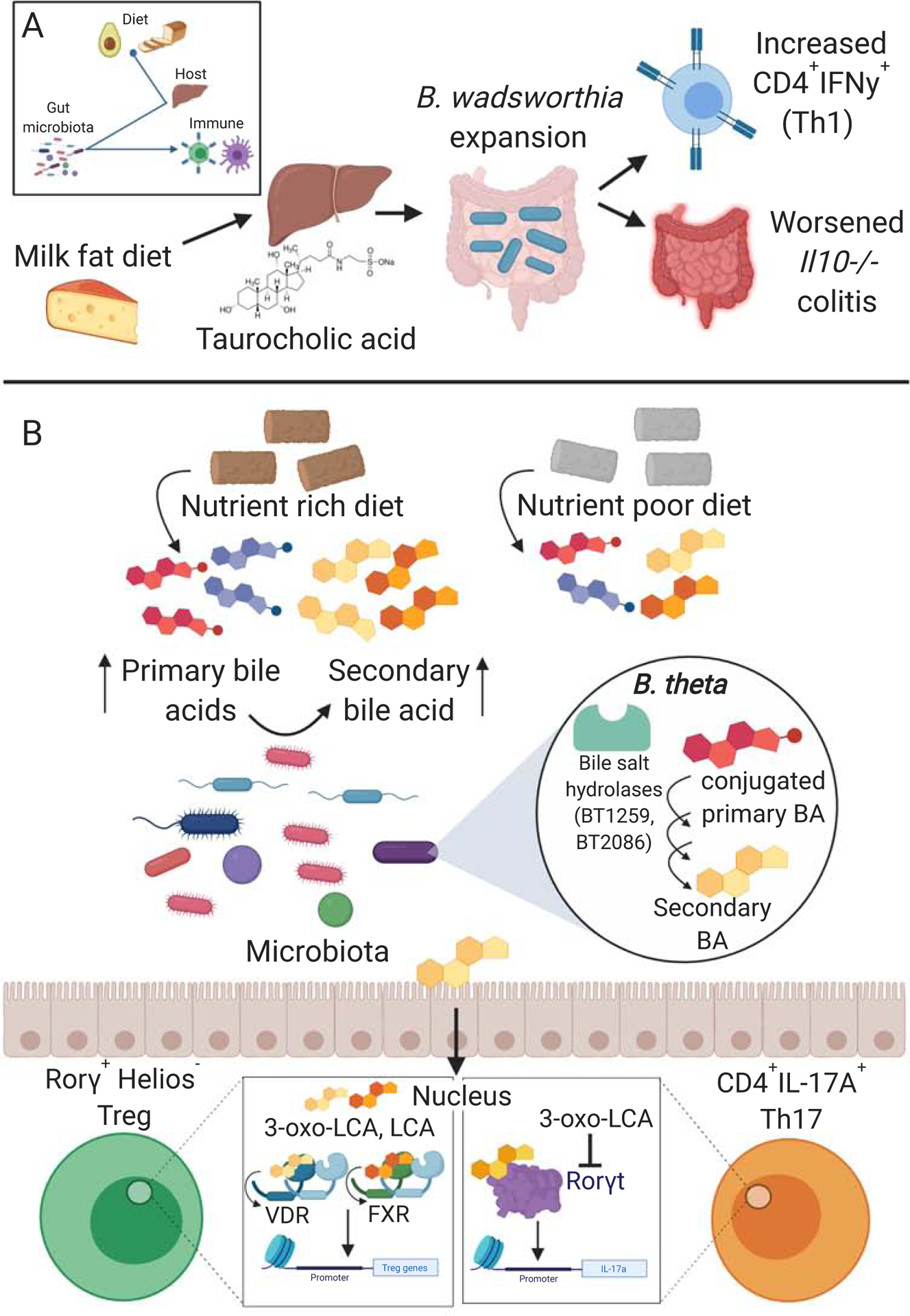Figure 3. Diet alters production of host and microbial metabolites feeding back on immune responses.

(A) Mice fed a milk fat diet had increased levels of hepatic taurine conjugation of bile acids, which was associated with a bloom in B. wadsworthia. Supplementation of mice on a low-fat diet with taurocholic acid resulted in increased levels of B. wadsworthia, Th1 cells, and higher incidence of colitis in Il10−/− mice (Devkota et al., 2012). (B) Mice on a nutrient rich diet compared to a nutrient poor (minimal) diet have different compositions of primary and secondary bile acid (BA) pools. Bile salt hydrolase enzymes along with other microbial enzymes are involved in the production of secondary bile acids from primary bile acids (Yao et al., 2018). Secondary bile acids can alter immune responses via their interactions with immune receptors such as the nuclear receptors vitamin D receptor (VDR) and farnesoid X receptor (FXR) (Song et al., 2020) and the Th17 cell master transcription factor Rorγt (Hang et al., 2019). For example, 3-oxo-lithocholic acid (3-oxo-LCA) directly binds and inhibits Rorγt resulting in decreased levels of CD4+IL-17A+ Th17 cells (Hang et al., 2019).
